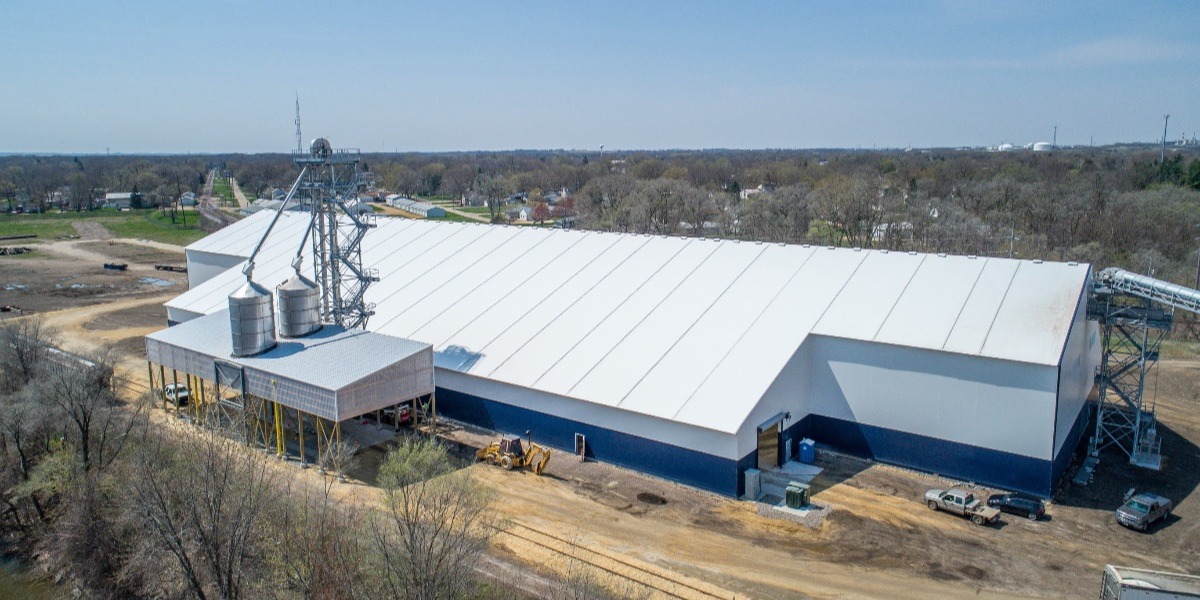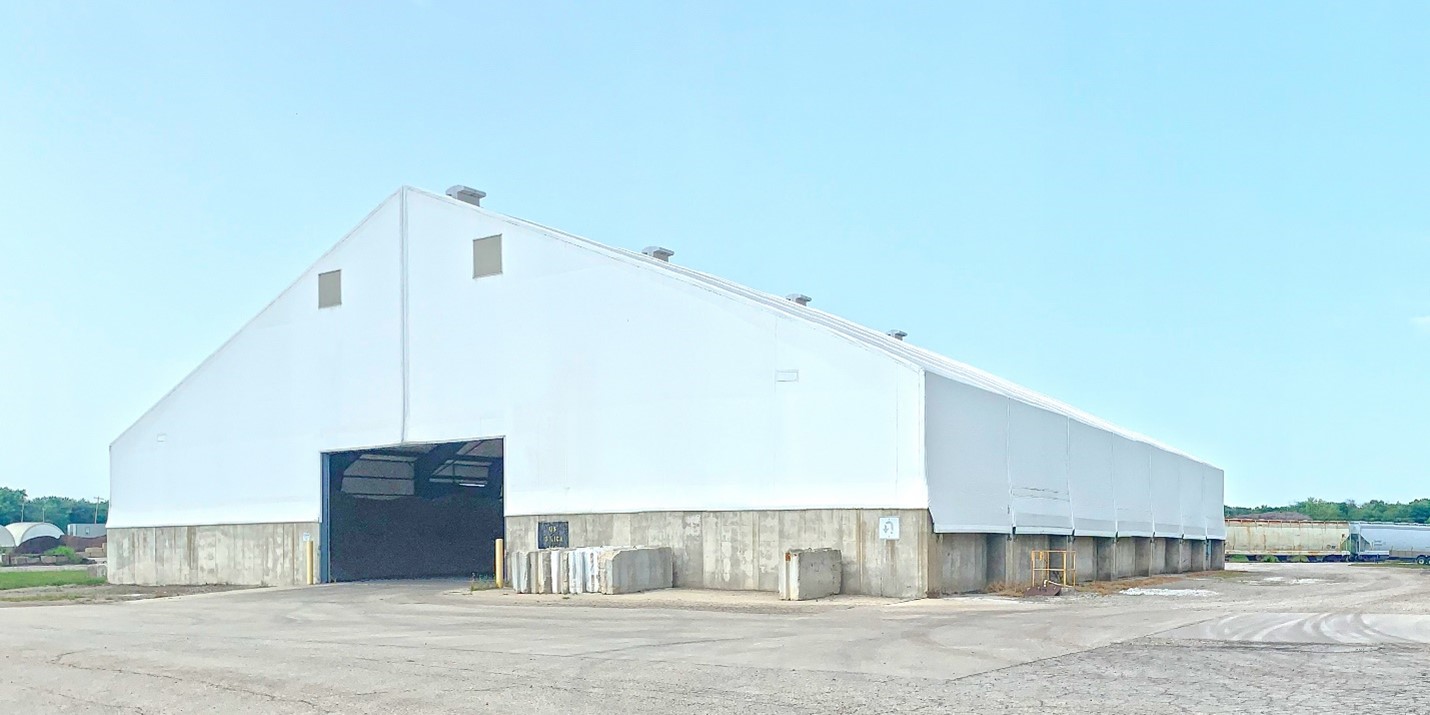Something in the Air Tonight: Fabric Structures versus The Weather

The weather has been in the news a lot lately, and we get a lot of questions about tension fabric structures when it comes to wind, storms, snow and even seismic conditions. Traditional structures typically don’t face the same questions but when you change the exterior walls and roof to fabric, people wonder if it can be strong enough.
Legacy’s unequivocal answer to that is: Yes, our buildings have proven themselves against extreme weather time and time again.
That’s because we changed the recipe for how a tension fabric structure is made and the key ingredients are:
Steel—The frames of our structures are solid steel, tapered, rigid frame I-beams bolted together according to proven engineering principles. There’s a lot to say about our steel, but the important things to remember are: strong and durable.
Exxotec™ Fabric—Our proprietary PVC industrial fabric is tough, resilient and creates a nearly air tight barrier for the structure. It keeps the weather out where it belongs and has thermally non-conductive properties. That means the heat or cold on the outside doesn’t readily transfer to the interior (in contrast to metal buildings). If you are wondering how tough this fabric is, check out this video.
Epoxxishield™ Coating—We have recently introduced a suite of epoxy coatings to protect our customers’ steel frames. This can be important in projects that are storing corrosive materials or in coastal areas where there’s salt in the air that can cause corrosion. Our epoxy coatings protect structures in a wide range of corrosive situations—from mild to highly corrosive environments.
Our Crews—A structure is only as strong as the crew that installs it, and our crews are the best. We use proprietary methods to install our buildings, so a highly trained team of installers is essential. Our teams travel the continent—and sometimes the world—to install the strongest tension fabric structures possible.
Can Fabric Structures stand up to Wind?
Solid steel I-beam frames are ideal for strength and flexibility when dealing with wind. Legacy uses the same software that is standard in the metal building industry to design a building that demonstrates what we call “engineering certainty.”
First off, our structures have achieved Florida Product Approval, one of the toughest standards for extreme weather in the construction business. It means our structures are engineered to survive in the areas of Florida where hurricanes are frequent.
Next, we recently hit a milestone with an Air Force Base in Guam. Because of typhoons, the aircraft hangar had to be designed to withstand 195 mph winds. That was the highest wind speed we ever had to build for, and we finished it in 2020.
Finally, last summer the Midwest got hit with a derecho—what some call an inland hurricane with straight-line winds from 75-100 mph and a bunch of tornadoes. A lot of buildings crumpled in the teeth of that storm. Ours did not. The building below is one we built for ADM many years ago. Here’s how it looked the day after the storm.

Can Fabric Structures stand up to Snow?
The headquarters for Legacy is in central Minnesota, so we know something about snow and snow loads. That said, we have built many structures in areas with even more snow and cold that we experience. A sports facility we recently finished was in a remote area of northern Alberta which is a high snow area. That facility is a multiplex that includes a hockey arena, an aquatics center, a community center, a fieldhouse and a gymnasium.
Can Fabric Structures Stand up to Earthquakes?
We engineer our buildings to abide by the seismic codes appropriate to the area. Our buildings in California, the Andes Mountains and islands on the Pacific Rim all require engineering that help them survive seismic events.
At Legacy, we embarked on a journey to make the strongest, most durable fabric buildings we could imagine. We think we’ve done some amazing work. Our quest to improve quality and safety has created some great innovations, and those innovations are visible in our structures. Can they stand up to severe weather? That and a lot more.
Subscribe to our Blog
Recent Posts
- 5 Factors Every Project Owner Should Consider Before Approving Building Materials
- The 20-Year View: How Material Choices Impact Long-Term Operational Costs
- Climate Resilience in Commercial Construction: Why Traditional Methods May Not Be Enough
- Speed and Quality: The Role of Hybrid Building Materials
- Beyond the Bleachers: Designing Visually Striking Sports Facilities
